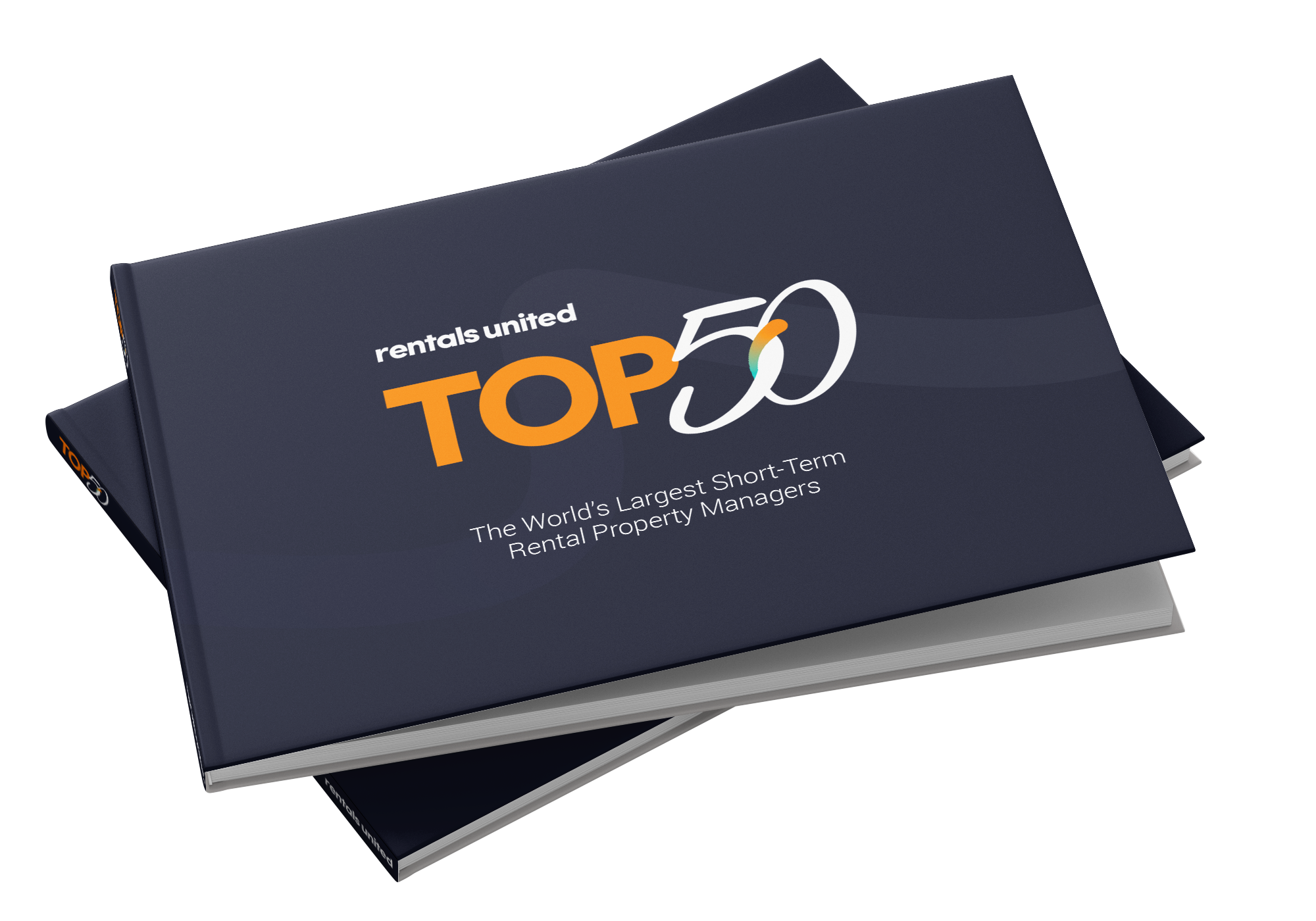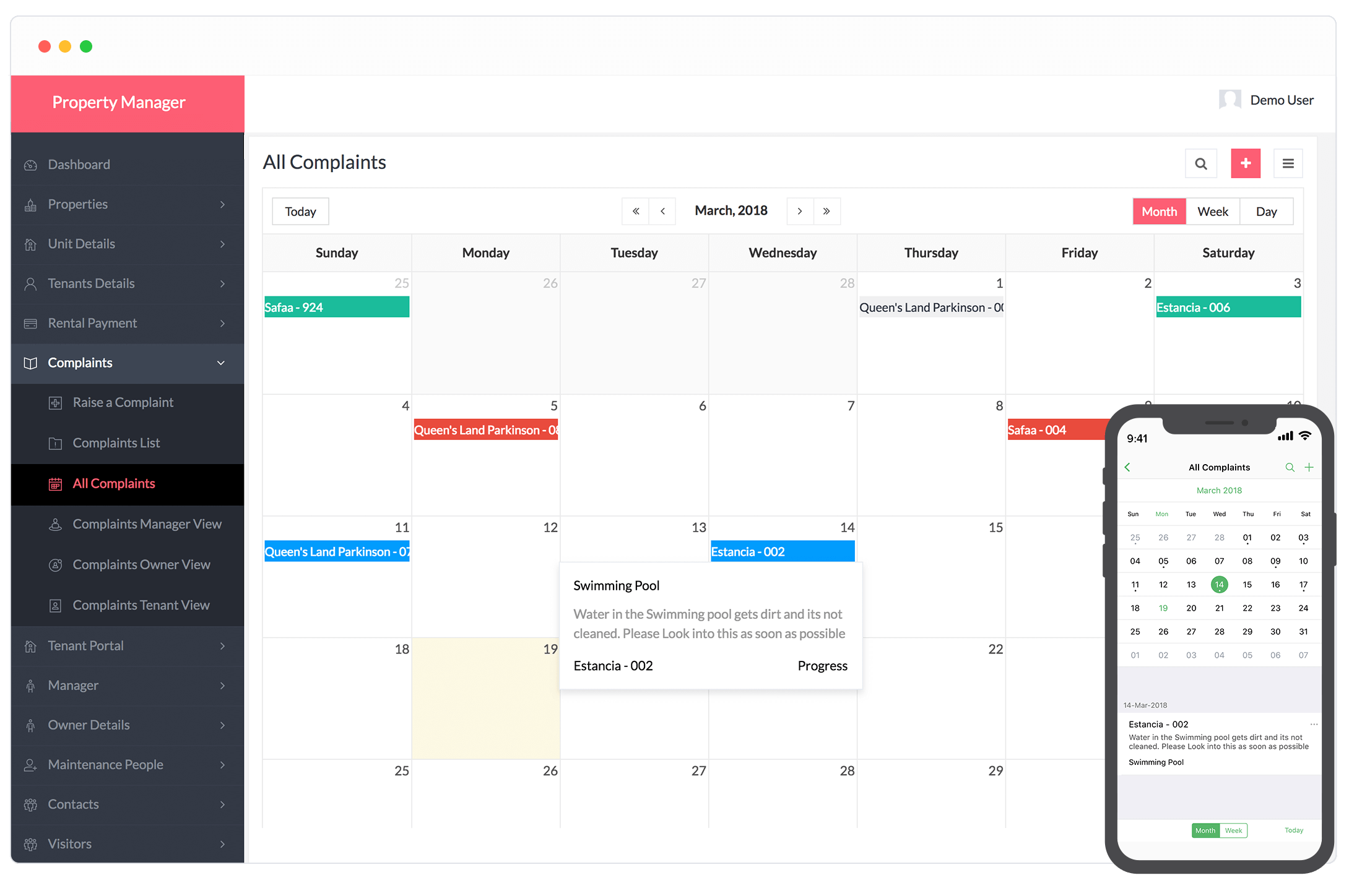

“Our clients might ask us for a specific tool – a way of recording tenant surveys, for example,” explains Richard. The system was developed very much in partnership with BOE’s clients, with many additional features suggested by existing users. This was the start of WebTerrier, a name chosen because it was both a record of private land holdings and reflected the committed, inquisitive nature of the breed of dog. Rather than creating bespoke software for each client, the company realised it could take the common, core functions that each client found most valuable and repurpose them to service a much broader range of clients, from relatively smaller operators to those with billion+ portfolios. And it was at this point, with numerous similar yet tailored desk-based systems in operation across its client base, that the Norwich-based company saw an opportunity for a cloud based asset management system. Working with these and its other clients, many of them leading names in the commercial property management sector, BOE built a wealth of in-depth understanding of what asset management software in the UK needs to deliver.

Much of the information required by JLL was similar to that required by Helical - albeit on an even larger scale - but being an asset manager rather than a landlord (and therefore being required to report to clients about the performance of their portfolio), the company required greater detail surrounding tenant interactions. In the intervening 23 years, BOE has developed and refined and updated the Helical system countless times, yet there remain parts of that original 1995 version that are still (just about) recognisable.Īround 10 years ago, BOE was introduced to JLL, an asset management company which looks after a major fund of industrial estates with a total value in the billions. Refreshingly, it’s a relationship that continues to this day. So it was that BOE co-founder Richard Stevens found himself working with London property company Helical to create a database that would enable the business to manage its portfolio of property.

With the technology in its infancy and no product enjoying dominance, small, independent development companies had the opportunity to forge something new for an industry that was still getting to grips with basic databases. And that can have a profound effect on everything from strategic development to triggering the break clause at the right time.ġ995 was something of a Wild West period for property software developers. With the right tools, occupiers, agents, asset managers and landlords can use that information to get a clear picture of not just the next few months, but the next few years. Yet whilst Sage or QuickBooks may be perfectly adept at ensuring the invoices are issued each month or each quarter, there’s far more information hiding in every lease than the term and rent. Which explains why, right now, most continue to put up with the basic spreadsheet or accounts management package. Which leads us to a second inescapable truth: no landlord or asset management company ever invested in property management software until long after the point at which it probably should have. Before you know it, the portfolio has outgrown the spreadsheet’s usefulness. And it's easy to manage a portfolio of one. Whether your current commercial holdings amount to £2 million or £2 billion, there was once a point where the value was far less, and the number of properties on the spreadsheet was one. There’s an inescapable truth about property portfolios: they never, ever start big.



 0 kommentar(er)
0 kommentar(er)
